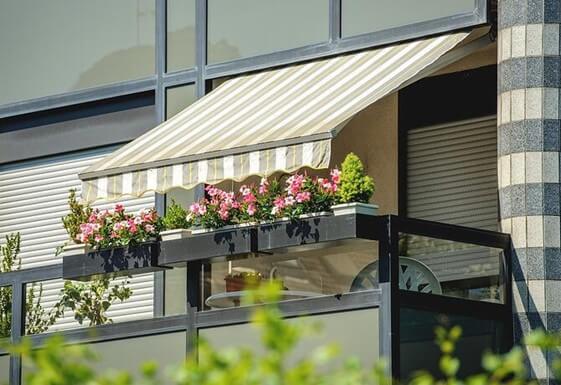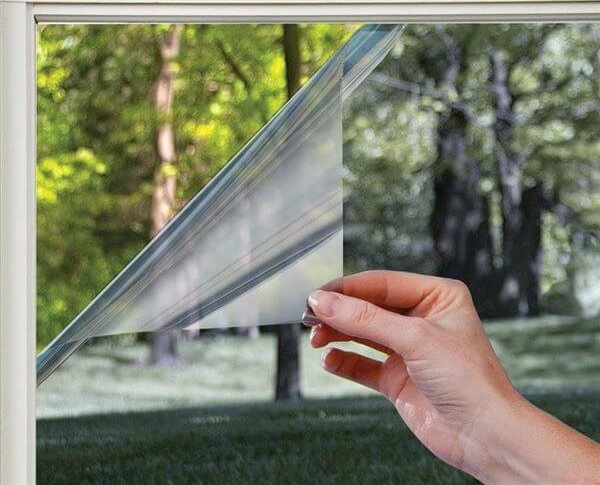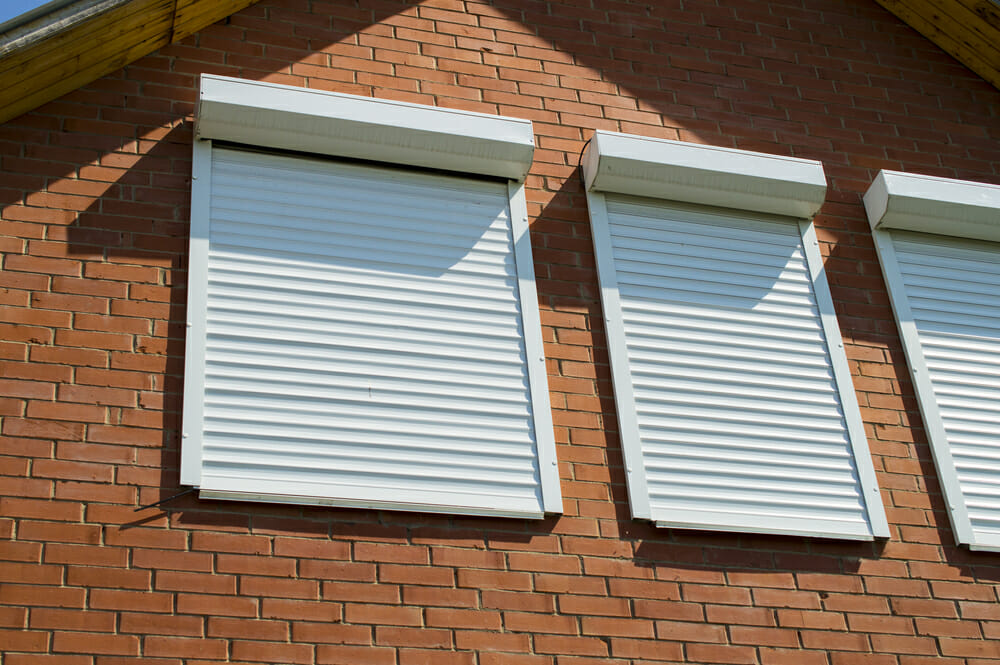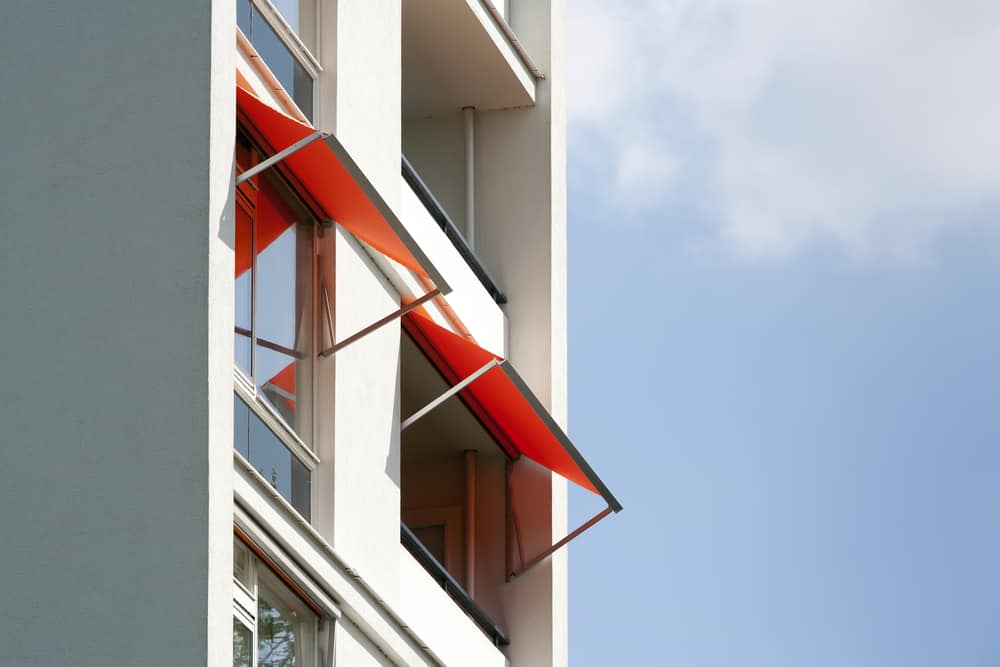As summer approaches, the challenge of keeping our homes cool without incurring high energy costs becomes more pressing.
One key aspect of maintaining a comfortable indoor temperature is addressing the heat that enters through windows.
Fortunately, there are several inexpensive and effective strategies for mitigating this issue, offering a cheap ways to block heat from windows.
This guide will explore various methods, each tailored to suit different needs and preferences, ensuring that you can find a solution that aligns with both your aesthetic tastes and your budget.
From the simplicity of heat-blocking window sheets to the natural charm of external window shading, we will delve into a range of options including the innovative use of materials like bubble wrap and reflective coatings.
These methods are not only cost-effective but also DIY-friendly, making them accessible to a wide audience.
By implementing these strategies, you can enjoy a cooler home environment while also contributing to energy conservation.
6 Cheap Ways to Block Heat from Windows
Windows can intensify the sun’s rays and heat your home. Let us have a look at some of the ways you can block the heat from the windows.
1. Heat Blocking Window Sheets

Utilizing cellular or honeycomb window shades is an economical and effective way to block heat.
These shades are distinguished by their unique design, which traps air within individual cells, forming an insulating barrier against heat.
Mount the shades as close to the window glass as possible to maximize their efficiency.
Side tracks can be added to eliminate gaps and improve insulation. When choosing shades, light colors like white or beige are preferable as they reflect sunlight, keeping rooms cooler.
These shades enhance energy efficiency and add a stylish element to your interior.
If the aesthetic of light shades doesn’t match your decor, consider layering them with decorative drapes for a more personalized look.
This approach provides both functional and aesthetic benefits, making it a versatile option for heat control.
2. External Window Shading

Creating external shade is a strategic way to reduce heat. Planting trees and shrubs near windows enhances your home’s landscape and naturally cools the surrounding air as plants release water vapor.
This green solution is both environmentally friendly and effective in reducing indoor temperatures.
The Department of Energy underscores the importance of external shading, recommending the installation of window shades close to the glass.
Awnings and eaves, installed above windows, offer additional protection from direct sunlight.
Professionals should ideally install these to ensure they are correctly angled for maximum sun blockage.
The choice of plants and the design of awnings can greatly influence the overall aesthetics of your home, allowing you to blend functionality with beauty.
You can create a comfortable and visually appealing outdoor space by thoughtfully selecting plants and shading structures.
3. Use Heat Reducing Window Film

Heat-reducing window film is a supplementary solution that can be easily applied to your windows.
This special film is designed to reflect and absorb solar heat, thereby reducing the amount of heat that enters your home.
Although its impact might be modest compared to other methods, it is a cost-effective way to enhance your home’s thermal efficiency.
The film allows for the passage of natural light, ensuring your rooms remain bright while being protected from excessive heat.
It is relatively easy to install and can be a DIY project. Furthermore, these films come in various tints and finishes, allowing you to choose one that best fits your home’s aesthetics.
They not only provide heat control but also offer additional benefits like reducing glare and protecting against UV rays, which can fade furniture and flooring.
4. Bubble Wrap Window Insulation

Bubble wrap is one of the most efficient and best cheap ways to block heat from windows commonly used for packaging, is an innovative and inexpensive solution for window insulation.
It is particularly effective in creating an additional air layer, which significantly improves the insulation of windows.
This method is easy to implement: simply cut the bubble wrap to the size of your window pane and spray a thin layer of water on the window before applying the wrap.
The water helps the bubble wrap adhere to the glass, creating a tight seal.
While it might not be the most visually appealing solution, it is highly effective in blocking sunlight and retaining heat during colder months.
Bubble wrap can be easily removed and reapplied as needed, making it an excellent option for temporary insulation during extreme weather conditions.
Combining Multiple Methods
For optimal heat control, combining these methods can yield significant benefits.
Each method offers unique advantages, and when used together, they create a comprehensive solution for insulating your home against heat.
For instance, pairing internal honeycomb shades with external awnings can maximize shade while maintaining natural light.
Adding window film to this combination further enhances heat reduction.
In situations where aesthetic concerns are paramount, combining visually appealing solutions like stylish window shades with practical methods like heat-reducing films can achieve both functional and decorative goals.
By thoughtfully integrating these methods, you can significantly enhance your home’s comfort and energy efficiency without incurring excessive costs or requiring professional help.
This multifaceted approach allows for customization based on your specific needs and preferences, ensuring your home remains cool and comfortable throughout the year.
Reflecting Heat Away from Windows

Since 40% of unwanted heat in your room comes from windows, it is essential to eliminate that extra heat.
Reflective window coatings can be used to throw off the extra heat of your apertures. These special liners are plastic sheets enhanced with thin metal layers and dyes.
These reflective coatings not only keep the sun’s heat away but also lower the glare and prevent your carpets, draperies, and furniture from fading.
Apply these coatings on the interior side of your window. If you cannot do it yourself, you can also get professional help.
What Are Some Other Ways to Prevent Heat Loss Through Windows?
Before spending a lot of money on fancy heat-loss prevention tactics, look at these cheap and fast methods to maintain warmth in your house.
1. Reflective Aluminum Foils

Put reflective aluminum foil at the back of your radiator. Aluminum Foils or Tin foils have two significant properties that make them suitable for various applications- their ability to block heat and light.
Aluminum foils are easy to use and very cost useful.
Most people use it to preserve food, but very few know it can block radiant heat.
By putting it at the back of the radiator or merely placing it over your interior glass windowpane and sealing it with tape, it can block out the heat. It can resist heat and thus can prevent heat loss.
2. Using Heavy Curtains

Heavy curtains with thermal linings can be placed on windows and front doors to prevent heat loss.
Thermal curtains work effectively in both summers and winters.
Medium to light-colored curtains with white, thermally reflective backing can reduce heat gain during summer by 33% by reflecting solar radiation.
These insulating curtains create a dead space that keeps cold air from infiltrating a room.
By using such heavy drapes or curtains, heat loss from the windows can be prevented. At night, by closing curtains, up to 17% of heat loss can be prevented.
Which Way to Turn the Blinds to Keep the Heat Out?
Blinds when tilted upwards with the rounded side facing out.
This way, the position will naturally direct the heat towards the ceiling and reduce heat gain.
This also makes the rest of the space in your room remain more relaxed, with minimal glare from the sun.
Facing downwards, more significant gaps are left for more heat and sunlight to get in.
As the heat gets in, it is pushed towards the floor, leaving little room for fresh air.
The sun heats the back of the blind, and once it gets too hot, it starts heating the air in your room.
Can We Block Sunlight 100%?
Do you want to block sunlight 100%? Then, you should probably go for high-quality blackout fabrics and linings, which entirely block the light and heat of blazing sunshine.
With the advancements in drapery lining manufacturing, the cost has reduced significantly, making it softer products.
They are manufactured as panels and can be installed on the back of the drapery.
Conclusion
Keeping your home cool and comfortable during the hot months doesn’t necessarily require expensive upgrades or professional installations.
The various methods discussed are among the finest and cheap ways to block heat from windows, combining efficiency, affordability, and ease of implementation.
The use of innovative materials like bubble wrap and reflective aluminum foils further demonstrates how everyday items can be repurposed for thermal regulation.
By considering a combination of these methods, you can enhance their effectiveness and enjoy a significantly cooler living space.
Ultimately, these solutions not only improve your home’s comfort but also contribute to lowering energy consumption and costs, making them both environmentally and financially beneficial.
Remember, a cooler home is just a few simple steps away.

